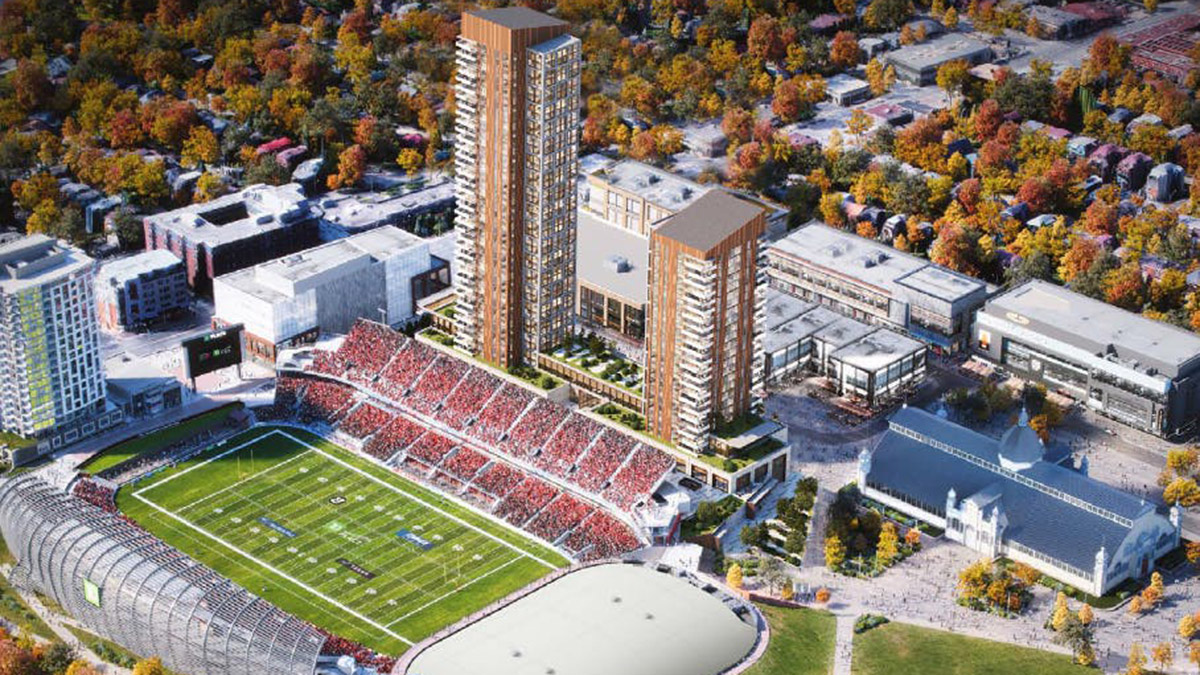Ottawa’s disability community says Lansdowne 2.0’s plans for accessibility are impressive, but not enough, as the lack of adequate transportation to Lansdowne continues to draw criticism from residents and advocacy groups.
Sean Moore, the Director of Lansdowne 2.0, and Marnie Peters, the project’s accessibility consultant, presented plans to Ottawa’s Accessibility Advisory Committee On Oct. 15, for their feedback.
Plans for the event centre promise to make the building accessible to people with a range of disabilities, including mobility, hearing, vision, and cognitive needs. With assets such as accessible and universal washrooms, assistive listening systems at concession counters, and 3 per cent of seating designated as accessible, the project team has committed to going beyond minimum accessibility standards.
Marnie Peters, the accessibility consultant for Lansdowne 2.0, said that these plans are “what the disability community expects of [the city]. They expect better than just the minimum code.”
Despite strides made in building design, significant concerns about how disabled people will get to Lansdowne persist. Disability advocates such as Kris Houde argue that Lansdowne’s location in Ottawa’s Glebe neighbourhood presents a major accessibility barrier.
Houde is a long-time resident of nearby OId Ottawa East. With more than 20 years of experience working with disabled people, Houde acknowledged the “wonderful enhancements” the event center promises but argued that the location itself poses a critical challenge.
“Transit issues have not been resolved,” she said. “There is no discussion from this group about sourcing other locations that might be more feasible for a world-class, renowned space to attract different international tournaments.”
Lansdowne’s lack of access to Ottawa’s LRT system means people with disabilities have limited transportation options to the venue. While buses and Paratranspo services are available, these options are unreliable for many. Paratranspo, in particular, has been criticized for lateness, inconsistent availability, and difficulty handling large crowds, making it an impractical option for major events.
Jerry Fiori, a representative from the Ottawa Disability Coalition, strongly criticized the location’s accessibility. “This particular place is an awful place for transit,” he said. “It’s not around, it’s not near enough to a transit station. Billings Bridge is the closest.”
“Trying to get there on a scooter, on a wheelchair, or even a power wheelchair, it’s inaccessible. This would put a tremendous amount of pressure on Paratranspo who do not have the capacity to carry enough people that need that to a huge event,” said Fiori.




